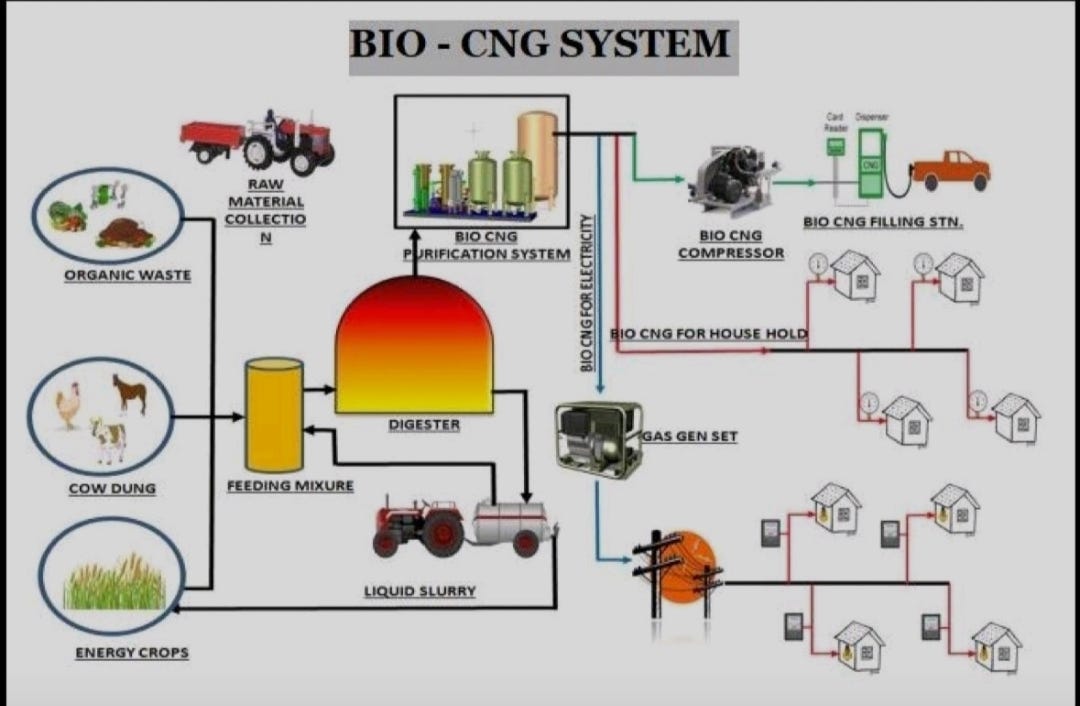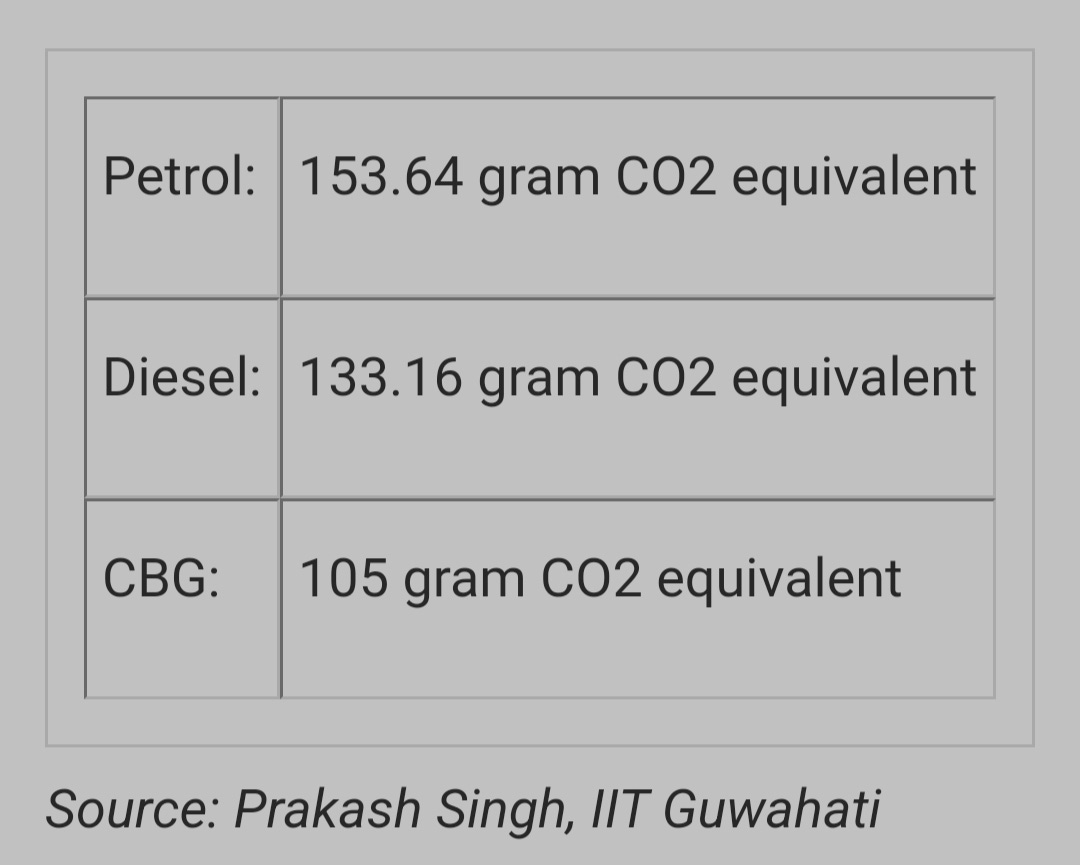♻ Amul: From White Revolution to Green Revolution
Amul is milking its way to become a leader in the circular economy. How? Read on
‘Amul doodh peeta hai India’.
You read it in the ad jingle tune, right?
Well, Amul, the brand that led India's 'White Revolution' and transformed our nation into one of the world's largest milk producers, is now leading a different revolution.
It is now gearing up for the ‘Go Green’ revolution in India, as it wants to become a key player in the circular economy. How? Read on.
Amul has entered a new realm: sustainable energy through bio-CNG production. It is India’s first company in the food industry to start a fully automated bio-CNG generation and bottling plant in Banas Dairy, Gujarat.
What does that mean?
You see, previously, Amul Dairy burnt biogas into the atmosphere, releasing harmful elements like carbon dioxide and hydrogen sulphide.
Recognizing the environmental harm, Amul adopted medium pressure swing adsorption (MPSA) technology to convert this biogas into bio-CNG (you can read more about the tech in the Science Section).
Bio-CNG is basically a purified form of biogas. This purified biogas (with more than 90% methane content) is comparable to CNG obtained from petroleum sources and can be used in vehicles.
And this technique of generating bio-CNG has done wonders for Amul.
Amul invested Rs 1.75 crore in this technology and is now saving Rs 12 lakh per month. The payback period for this investment?
Less than two years!
🌐 Expanding Horizons
Amul is not stopping here. The cooperative has planned to set up four new plants in Banaskantha with an investment of Rs. 230 crore. This move is part of a broader strategy to upscale sustainable practices and integrate them more deeply into the dairy industry.
This is also strategically timed with the government’s announcement of mandatory blending of Compressed BioGas (CBG) in transport and natural gas segments.
This initiative to promote production and consumption of CBG is expected to offer multiple benefits:
Reduce imports for liquefied natural gas (LNG), thereby reducing India’s import bills
Promote a circular economy by converting biogas into a cleaner and greener fuel
Move closer towards achieving the target of net zero emission
Overall, the move is a step towards a cleaner, greener India:
The CBO will be voluntary till FY 2024-25, after which it will be mandatory as per the following table:
Amul's journey from producing butter to generating BioCNG is not just a business expansion; it's a paradigm shift in how we view waste and energy.
More importantly, bioCNG is the key to unlock another revenue source for farmers across the country. How?
You see, traditionally, farmers have been burning crop stubble (plant residue left on the soil surface after harvest), especially in states like Punjab, Delhi and Haryana. This is a major cause of air pollution, and also affects human health in nearby regions.
Now, farmers can simply sell their agricultural waste and other solid waste (like cattle dung) to bioCNG plants.
By turning waste into a valuable resource, Amul is setting yet another mark in the dairy industry and beyond.
With its huge farmer network, will Amul be able to educate farmers and lead this green energy revolution?
Join us on WhatsApp to never miss an update 👇🏻
All Things Science
MPSA technology separates specific gas species from a mixture of gases (like air) under pressure based on their molecular characteristics. The target gas species gets trapped (science folks call this ‘adsorption’) at higher pressure, and when the pressure drops, the gas is released, ready for use.





